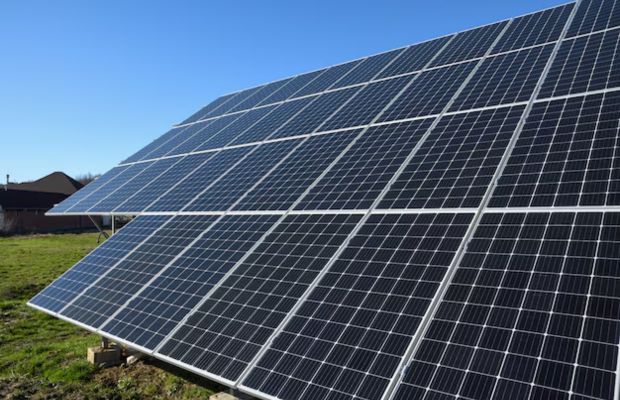A latest report from the International Energy Agency (IEA) said that the energy supply in Southeast Asia has substantially increased, supporting the expansion of the region’s economic development and population growth. Between 2000 and 2020, Southeast Asia’s overall energy supply increased by about 80%. The growth in energy supply is largely driven by fossil fuels, which more than doubled during the period. Renewable energy also recorded a notable growth of almost 2.5 times.
However, it said that in parallel with the energy supply growth, climate change impacts have also increased. “Southeast Asia is one of the regions most affected by climate change, experiencing more frequent heatwaves, intense rainfalls, droughts, tropical cyclones and sea level rise. Power generation from solar PV is subject to weather and climate conditions. Solar PV relies on irradiance and is affected by heat. Although potential changes in solar radiation due to climate change could be minor, the negative impacts of extreme
heat are growing. Higher temperatures lead to a lower voltage and less solar power generation, as most solar PV works best in cool, sunny weather around 25°C,” it said.
It also added, “Moreover, solar power generation efficiency degrades as the surface temperature of solar PV panels increases generally from -0.3% to -0.5% per degree above 25°C. Extreme heat can also increase the electrical resistance of the circuits and damage cells and other materials, while adding heat stress to
inverters.”
The IEA report also said, “However, rising temperatures due to climate change are likely to challenge electricity generation using solar PV in the region. Although most installed solar PV capacity in Southeast Asia is located in places with annual mean temperatures of 25°C-30°C – suitable for solar PV generation – they are projected to experience more frequent extreme heat events in the coming decades. Particularly in a high emissions scenario, around two-thirds of solar PV would see more than 20 days of maximum temperature above 35°C in 2081-2100, presenting a notable increase from the current level. Moreover, climate models show that around 20% of solar PV might see over 80 days of 35°C thresholds by 2100 in the same scenario.”

